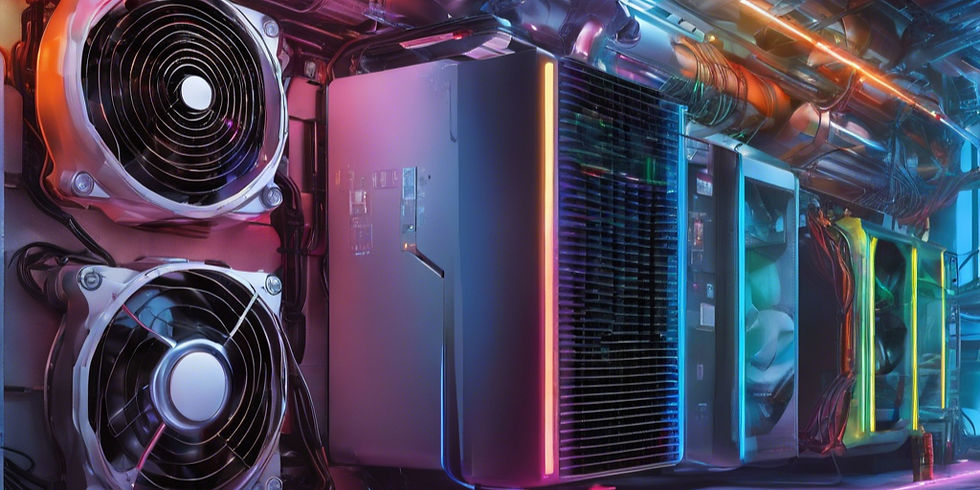IT infrastructure is the backbone of modern business operations, providing the technology, hardware, software, and network services required for an organization to function efficiently. Here are the key components commonly found in a business IT infrastructure:
1. Hardware
Servers: Central computers that host applications, databases, and files, providing resources to other computers on the network.
Computers and Workstations: Desktops, laptops, and mobile devices used by employees to perform daily tasks.
Data Storage Devices: Solutions like Network Attached Storage (NAS), Storage Area Networks (SAN), or cloud storage to store business data securely.
Networking Equipment: Routers, switches, and modems that enable connectivity between devices within and outside the organization.

2. Network
Local Area Network (LAN): A network within a localized area, such as an office, that allows computers and devices to communicate and share resources.
Wide Area Network (WAN): Connects LANs over broader geographical distances, often using public networks or dedicated links.
Internet Connectivity: Enables access to cloud services, online resources, and external communications.
Virtual Private Network (VPN): A secure, encrypted connection that allows remote employees to access the company’s network as if they were on-site.

3. Software
Operating Systems: Software like Windows, macOS, or Linux that manages hardware resources and provides a platform for applications.
Business Applications: Software tailored to specific business functions, such as accounting, CRM, ERP, and HRM systems.
Productivity Tools: Tools for document creation, collaboration, and communication, such as Microsoft Office, Google Workspace, or Slack.
Security Software: Antivirus, firewall, and endpoint protection software to protect the business from cyber threats.

4. Data Center and Cloud Services
On-Premises Data Centers: Physical facilities where companies store their hardware and data, managing everything on-site.
Cloud Infrastructure: Services like AWS, Google Cloud, or Microsoft Azure that provide scalable compute, storage, and application services without on-premise management.
Hybrid Cloud: A combination of on-premises and cloud infrastructure that offers flexibility for businesses with diverse requirements.

5. Network Security
Firewalls: Hardware or software that monitors and controls incoming and outgoing network traffic based on security rules.
Intrusion Detection/Prevention Systems (IDPS): Systems that detect and block potential threats to the network.
Data Loss Prevention (DLP): Tools to monitor and control data transfer to prevent data leakage.
Identity and Access Management (IAM): Systems that control user access, ensuring that only authorized personnel have access to certain areas of the infrastructure.

6. Database Management Systems (DBMS)
Examples: MySQL, Oracle, Microsoft SQL Server
Description: DBMS software is used to manage and store structured data that supports business applications and analytics.

7. Backup and Disaster Recovery Solutions
Backup Software and Hardware: Solutions for creating backups of critical business data and applications, such as cloud backups or on-premises solutions like NAS.
Disaster Recovery: Plans and systems in place to restore data and services quickly in the event of hardware failure, cyberattack, or natural disaster, often involving redundancy and failover systems.

8. IT Support and Service Management
Helpdesk Software: Platforms like ServiceNow or Jira Service Desk that manage IT service requests, troubleshooting, and incident resolution.
Monitoring and Management Tools: Tools like SolarWinds or Nagios that track the performance of systems and networks, alerting administrators to issues.

9. Power and Cooling Systems
Uninterruptible Power Supply (UPS): Backup power sources that keep essential IT infrastructure running during power outages.
Cooling Systems: HVAC or other cooling solutions to prevent overheating in data centers and server rooms.

10. Virtualisation and Containerisation
Virtual Machines (VMs): Software that emulates physical computers, allowing multiple virtual servers to run on a single physical server.
Containers: Technologies like Docker and Kubernetes that package applications and their dependencies to run consistently across environments.

11. Internet of Things (IoT) Devices
Smart Devices: IoT devices that can monitor and collect data, such as security cameras, environmental sensors, and automated systems for facilities management.
Network Sensors: Devices that monitor network traffic and security across connected devices, contributing to network management and security.

12. Compliance and Governance Tools
Examples: Compliance management software like Varonis, Nessus for vulnerability scanning
Description: Tools to ensure that business processes and data management practices comply with regulations (e.g., GDPR, HIPAA) and internal policies.

13. Communication and Collaboration Tools
Unified Communications: Tools that integrate various communication methods (chat, video, email) into one platform, such as Microsoft Teams or Cisco Webex.
File Sharing and Collaboration: Tools like Google Workspace, SharePoint, or Dropbox that enable real-time document sharing and collaboration.

These components form a robust infrastructure that supports and secures business operations, enabling productivity, data integrity, and resilience in the face of disruptions.
